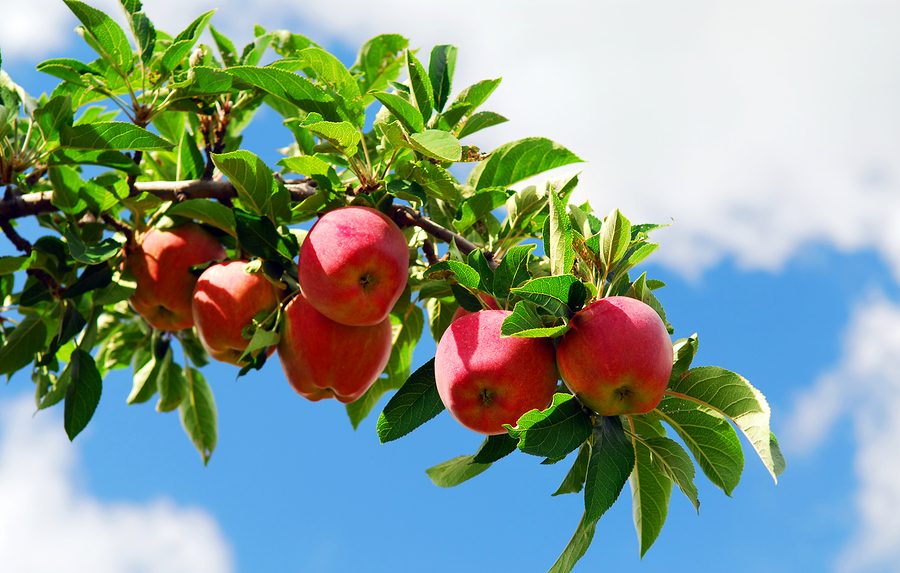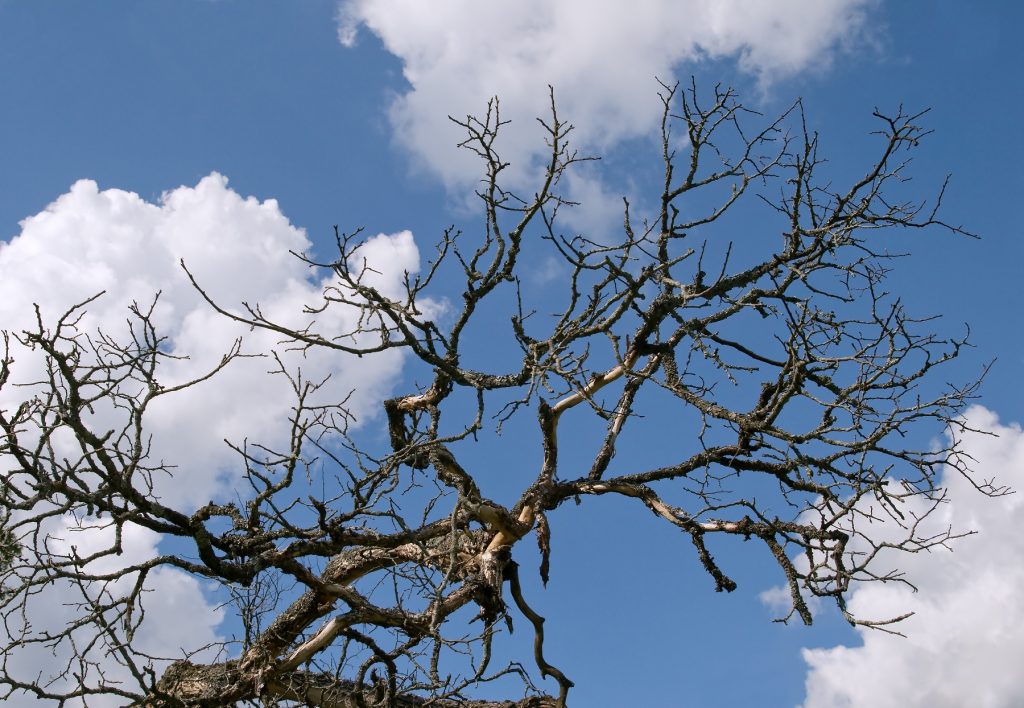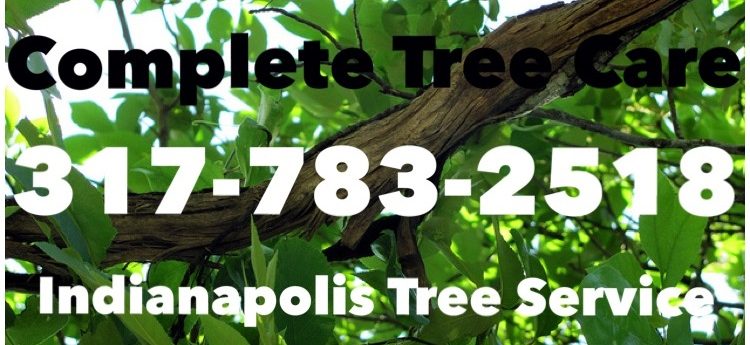There are millions of plant species, all of which are seed-bearing and come from some form of rudimentary ovule. However, there are only two types of seed-bearing plants that all species can be categorized as depending on their seed attributes: angiosperm or gymnosperm.
Continue reading to learn the difference between the two and how it may affect your landscaping season to season.

Angiosperms
Angiosperms are any type of flowering plant whose seeds (ovules) are enclosed in an ovary (usually a fruit). In more understandable language, angiosperms are common gardening plants that bloom flowers from a hidden seed that is typically enclosed inside a fruit that develops from carpels. With an estimated 250,000 to 400,000 species of angiosperms on the planet, they are often considered the dominant plant-life on Earth.
Common Examples of Angiosperms:
? Lilies
? Orchids
? Roses
? Sunflowers
? Oak Trees
? Maple Trees
? Fruit-Bearing Trees
Angiosperm Attributes:
? Softwood
? Non- Perennial
? Triploid Tissue
? Flat Leaves
? Unisexual or Bisexual
? Cotyledons Present in Monocots and Dicots
Gymnosperms
In contrast to angiosperms, gymnosperms are a vascular plant whose seeds are not enclosed inside an ovary. Gymnosperms do not produce flowers or fruit, and instead have exposed, or naked, seeds on its surface. Also in contrast to angiosperms, the number of gymnosperm species are significantly lower, with less than 1,000 on the planet. are haploid
Common Examples of Gymnosperms:
? Pine Trees
? Conifers
? Cycads
? Spruce Trees
? Firs
Gymnosperm Attributes:
? Hardwood
? Perennial
? Haploid Tissue
? Scale or Needle-Like Leaves
? Absence of Cotyledons
Indianapolis Tree Care Near You
Call Complete Tree Care at 317-783-2518 for prompt and professional Indianapolis tree service you can afford. We are experienced tree care technicians that can resolve your tree problems, regardless of your projects size or scope. We offer a wide range of tree removal and tree services, for both residential and commercial properties. We even offer free estimates and free tree care advice!



